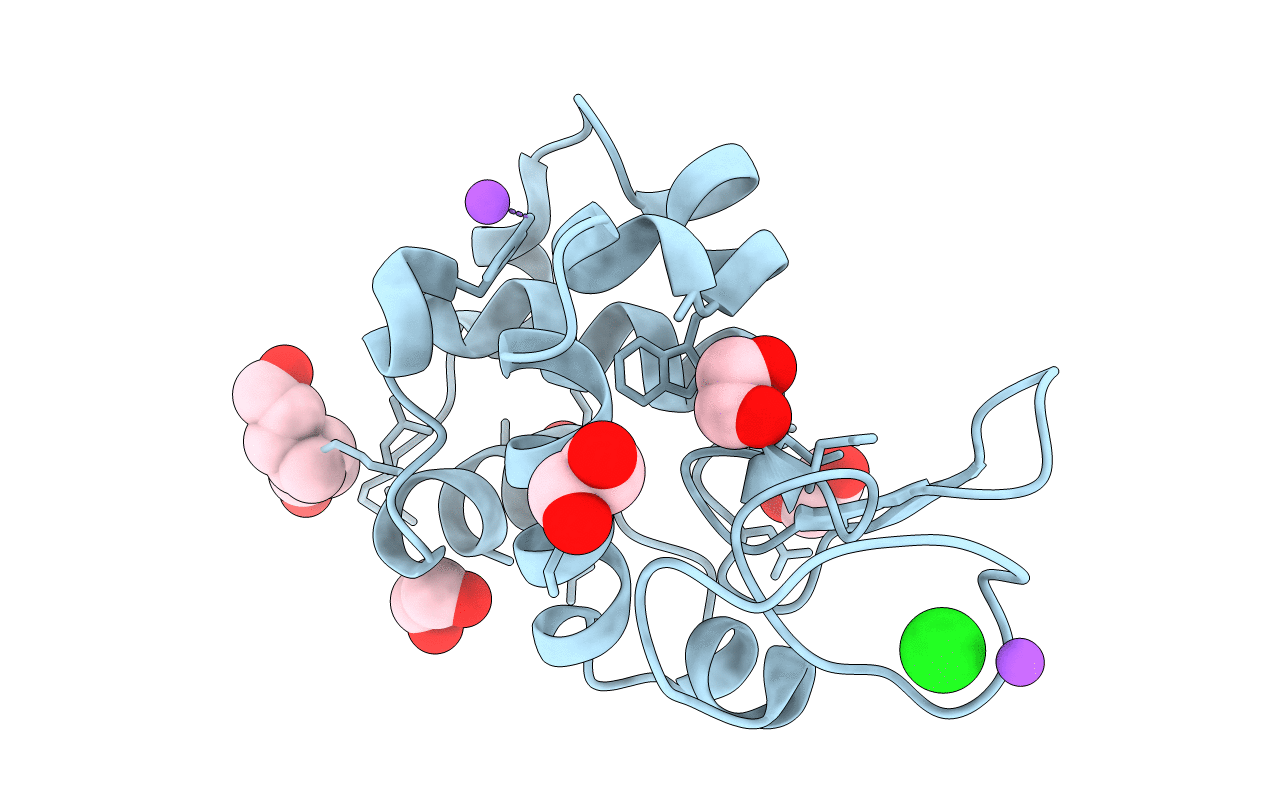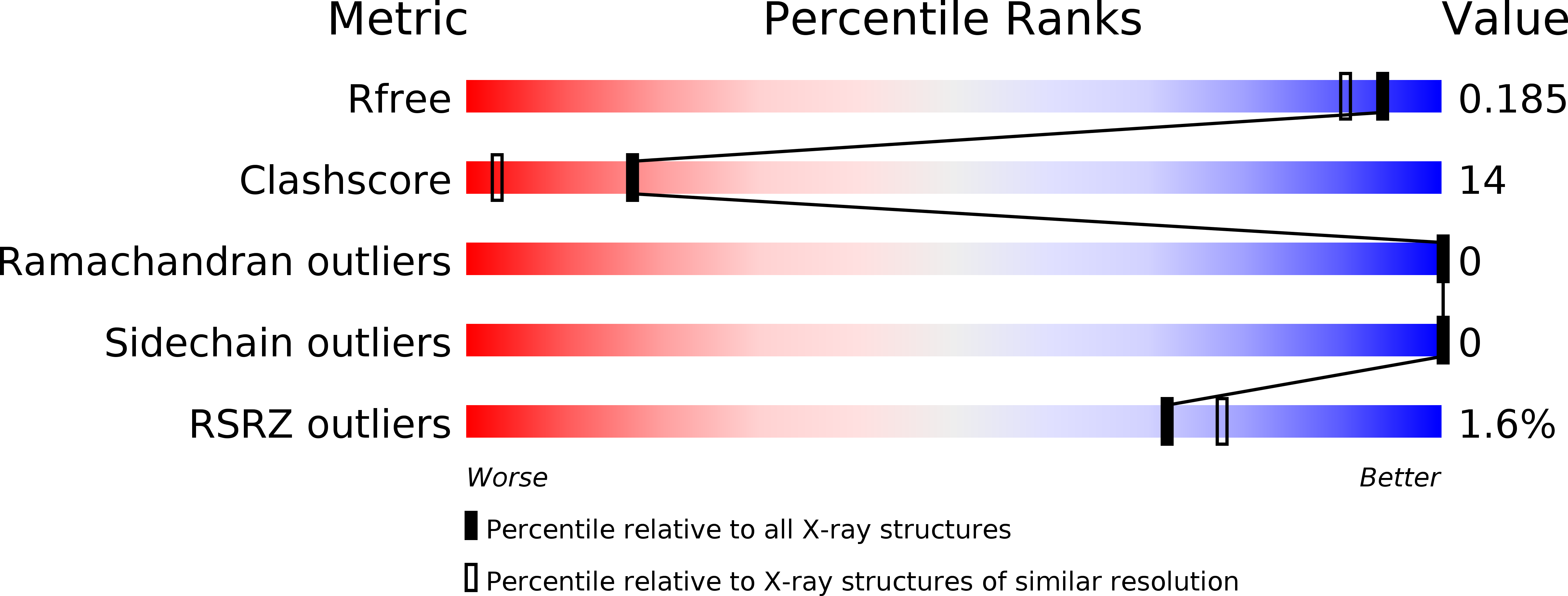
Deposition Date
2006-07-26
Release Date
2007-05-22
Last Version Date
2024-12-25
Entry Detail
PDB ID:
2HTX
Keywords:
Title:
Crystal Structure Analysis of Hen Egg White Lysozyme Crosslinked by Polymerized Glutaraldehyde in Acidic Environment
Biological Source:
Source Organism:
Gallus gallus (Taxon ID: 9031)
Method Details:
Experimental Method:
Resolution:
1.56 Å
R-Value Free:
0.18
R-Value Work:
0.12
R-Value Observed:
0.12
Space Group:
P 43 21 2


